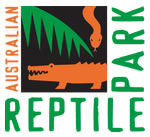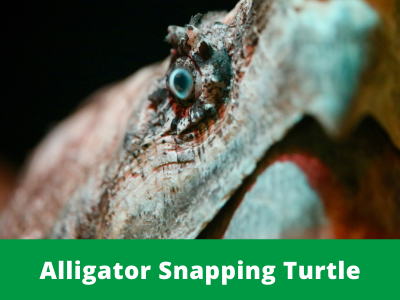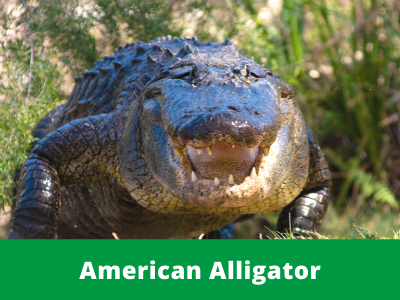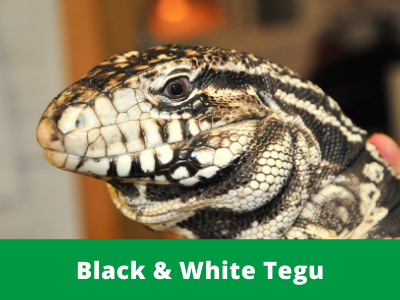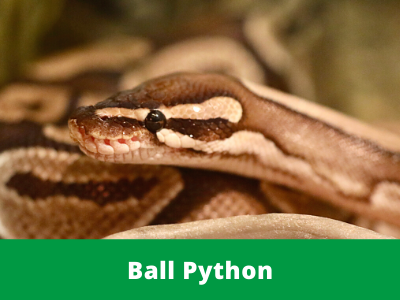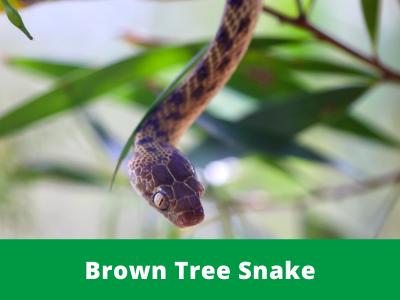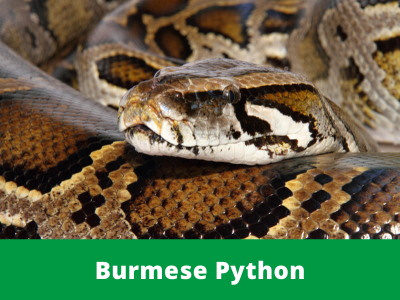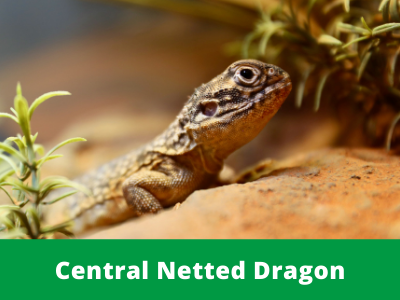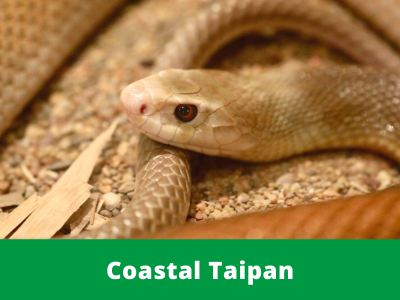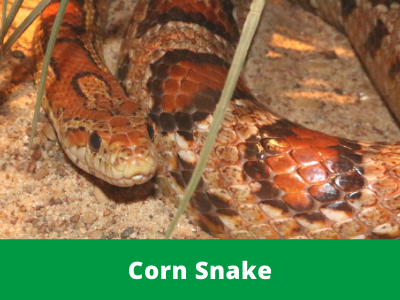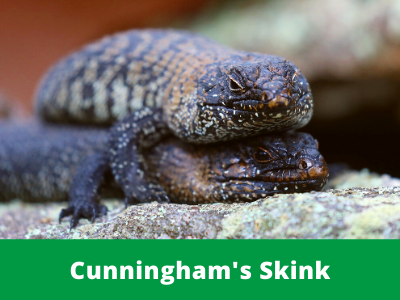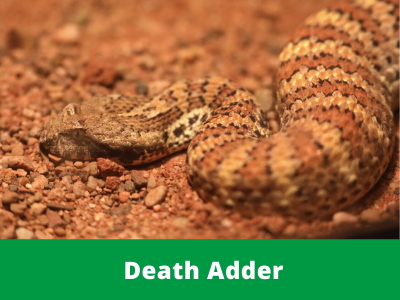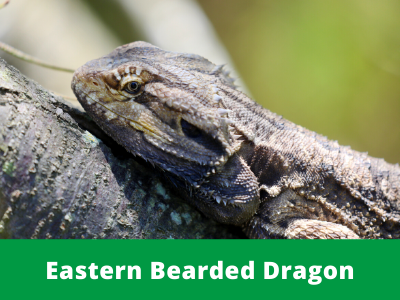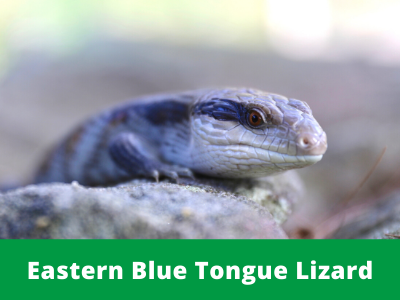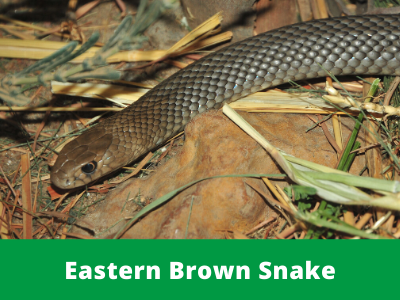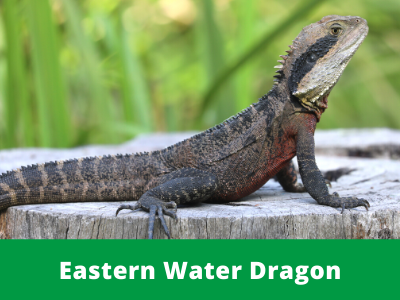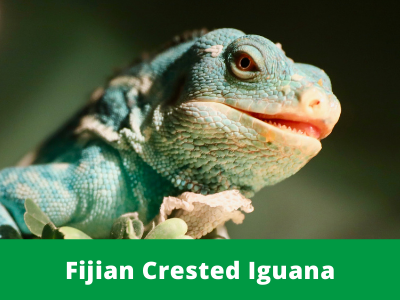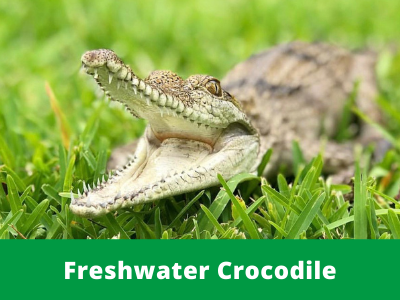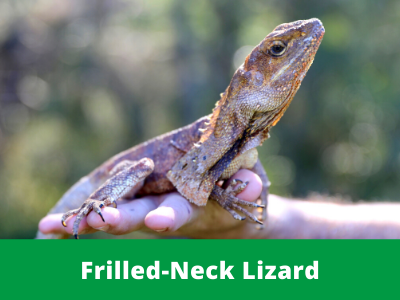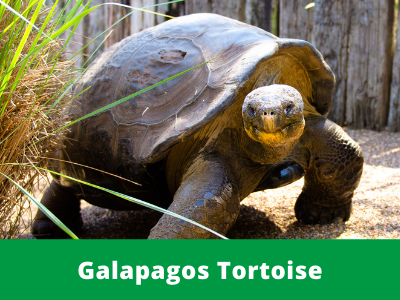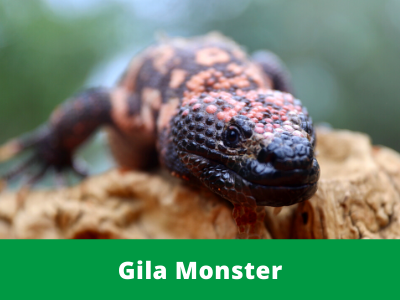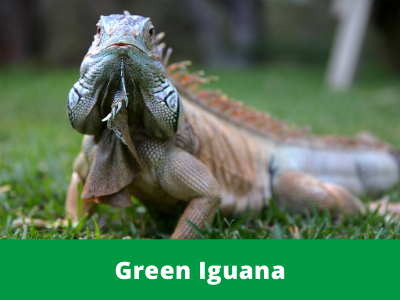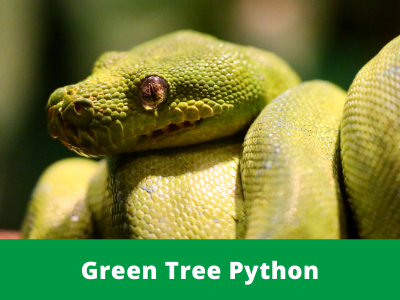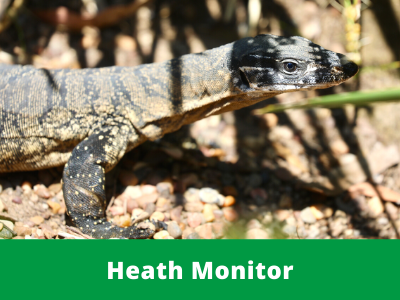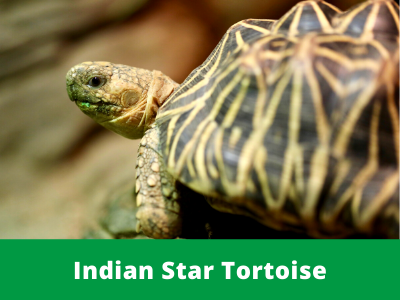The alligator snapping turtle is one of the largest freshwater turtles in the world. They can weigh up to 90kg and the shell can reach three quarters of a metre in length.
The American alligator is extremely adept for a life in the water. The tail is flattened on both sides like an oar and is used to provide propulsion through the water.
Young tegus have an emerald green colour from the snout to their back while the rest of the body is black and white. As they grow older, the green colour fades, and the entire body becomes black and white.
Ball pythons are so named because they form a tight ball when they are threatened. They have large round blotches of light brown on a dark brown background, though colours can vary from tan to yellow.
The brown tree snake is very distinctive because of its large head with bulging eyes and its long slender body. Lengths in excess of 2 metres have been recorded, though 1.5m - 1.8m is a more common size.
The beautiful Burmese python's distinctive patterning – dark brown blotches on a light tan background – means that it is often hunted for its skin, and so it is now a threatened species in the wild.
A small active dragon with an intricate reticulated or netlike pattern of dark lines over a pale grey-brown background. The head is rounded, and the legs and toes are strong to enable them to run at great speeds and to dig burrows.
The coastal taipan uses its fangs to inject a powerful venom into the body. A slender snake, it sports a light to dark brown body, and a cream/yellow belly with pink or orange flecks, the snake’s head is often a lighter brown than its body.
The common colour for corn snakes has a number of red-orange blotches on an orange-grey background colour combined with a black-and-white checked underbelly.
The Cunningham’s skink's colour varies from those which are almost totally black with a few white spots, to others that are predominantly grey with black bands or others which have an overall rusty red colour.
Death adders are easily distinguishable from other snakes by the very short, squat bodies, rapidly tapering tail and the broad triangular head. Colouration varies widely but most species exhibit some form of banded pattern in shades of brown or grey.
The harsh, spiky appearance of these lizards belie their normally placid temperament. If approached in the wild, the bearded dragon’s usual response is to freeze and rely on its camouflage.
The eastern blue tongue lizard is one of the most familiar reptiles in Australia. Large specimens may reach 60cm in total length. The legs are small and can often be overlooked, a situation which sometimes means the harmless bluetongue is mistaken for a snake.
A large adult Eastern brown snake may exceed two metres in length and, on hot days, can move at surprising speed. It has a slender body and is variable in colour ranging from uniform tan to grey or dark brown.
The eastern water dragon's colour consists of shades of grey or brown with a series of black bands on the back and tail and a black stripe on the side of the head behind the eye.
The critically endangered Fijian crested iguana is a brilliant green with three white stripes that are sometimes edged with black, these iguanas grow to 75cm long.
The back of a freshwater crocodile is light brown usually with a number of black, irregular bands with the underside being creamy-white. They can be distinguished from the larger saltwater crocodile by their longer and thinner snout.
The frilled lizard grows to around 45-90cm in length, about two-thirds of which is tail. It has a vivid yellow mouth and a large extendible frill gathered about the neck and under throat.
Galapagos tortoises may reach a maximum shell length of over a metre and weigh up to 180 kg in weight. There are some 14 distinct subspecies inhabiting different islands in the Galapagos Island archipelago.
One of only few venomous lizard species in the world, the Gila monster is named after the Gila River in Arizona where is it was once common. The lizards grow to 60cm and have a solid body with blunted tail and head.
The green iguana is a fantastic looking creature. With a row of spines along its back and tail, its multitude of skin textures and its scaly beard or ‘dewlap’ under its chin, it looks like a miniature dragon.
An unmistakable arboreal or tree-dwelling python, the adult green tree python is emerald green in colour with a yellowish belly. Occasional specimens also have small white markings along the back.
Also known as Rosenberg’s monitor, the species is It is dark grey above, finely spotted with yellow or white, and with paired, blackish cross-bands from the neck to the end of the tail.
Hosmer’s skinks are stocky skinks that grow to 23 centimetres long, nearly half of which is the tail. The scales on their body have 3-4 sharp points (or keels) and the scales on the tail each have a long spine.
Aptly named for the star-like pattern on the shell this attractive land tortoise reaches a maximum length of around 35cm from a hatchling size of about 12cm. The upper shell or carapace is coloured...

